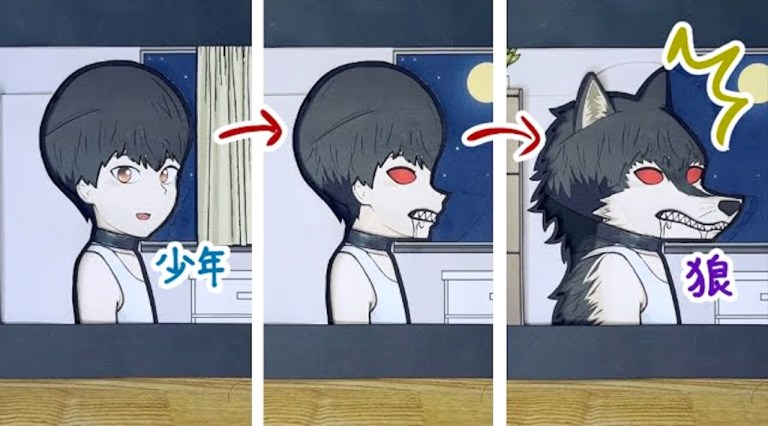How Tiny Argentine Ants Use Tremendous Strength of Numbers to Overwhelm Other Colonies in Ongoing War
In a follow up episode of their colorfully animated series about the ongoing war of ants, Munich design group Kurzgesagt takes a look at the quickly multiplying Argentine ant mega-colony. This particular petite variety of pismire has far more queens and propagates far more than other species, giving them tremendous strength in numbers. This worked to their advantage as they spread out from their native South America to other continents. This strength has caused a great deal of damage not only against other ants, but against the flora and fauna of their adopted homes around the world.
The Argentine ants numbers allow them to hunt down and devour such an excessive mass of different insects that over time some species disappear from the ants territory completely Argentine ants don’t care about working with the local flora and fauna. They consume them and move on and if their next stop happens to be human property, they will rudely make themselves at home there – they forage in dumpsters bowls of pet food and sneak into kitchens to claim leftovers.
Sometime in the 1930s, however, the red imported fire ant formed a super-colony in the Southeastern United States and successfully waged war against the Argentine ant.
The Argentine ants found themselves outgunned by the fire ants. The fire ants major workers are more than twice the size as the Argentine ants and wield venom-injecting stingers. Even though the Argentine ants fought fiercely the fire ants were too much for them. After countless lost battles, the red imported fire ant exterminated the Argentine ants super colony from much of the southeastern US.
Yet the ongoing ant battle continues.
This is one territory lost but the Argentine ants will fight on this amazing network of cooperating super colonies is the biggest success in their history and they’ll not give it up because of a small defeat.






